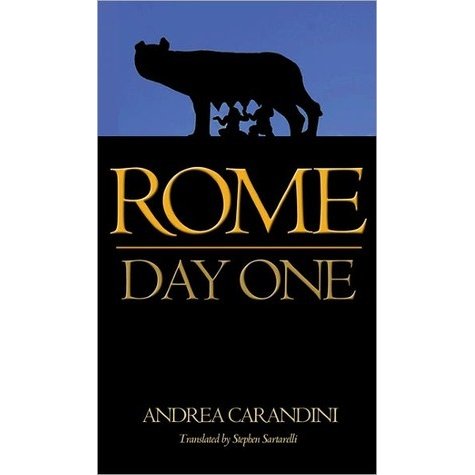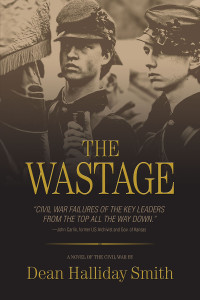
Sometimes It Can Be Hard To Spot A Crank So Always Keep An Eye Out
Rome: Day One, Andrea Carandini, translated by Stephen Sartarelli, Princeton Press, 172 pp., 2011.
This is basically the work of a crank with an ax to grind, but one who’s also a trained archaeologist with a deep knowledge of Roman history and his tradecraft. This allows him to obscure his crackpottery to a large extent with a facade of analysis, apparently plausible at first glance. The gist of Prof. Carandini’s argument is that, rather than simply myths made from whole cloth, the ancient, foundational tales of Romulus and Remus and their fatal clash are indeed based in fact and that substantial support for this thesis can be found in Rome’s oldest archaeological remains. Through extensive diagrams, the author sets forth various remains (post holes, spaces that functioned as hearths) that he contends were originally part of such structures as the original Sanctuary of Vesta and the Domus Regia (House Of The King), home of the legendary first kings of Rome.
Carandini has the advantage of being an authority in his field plus the added cachet of a prestigious publisher. In the balance against his argument is the fact that most authorities on early Roman history find little merit to his argument. Despite continued, extensive excavation in Rome for several centuries, physical evidence for events described in early Roman history prior to the 5th Century BCE is basically lacking. Carandini does what he can with what he has, but the fact is that the scant remains he points to as Romulus’s house and other legendary structures can be interpreted in a number of ways. The author has no written evidence found on site to support his theory, admittedly a difficult test to meet when discussing such a distant period (approx. 750 BCE, over 2,700 years ago).
Ultimately, however, I think Prof. Carandini undermines his own credibility and thus his argument. I refer to the absurd comparison he makes between the footprint of the UK Prime Minister’s residence at 10 Downing Street and that of the Forbidden Palace in Peking (with supporting diagrams), which he uses in all seriousness to support the contention that this neatly illustrates the dichotomy between the Western love for democracy and, on the other hand, Eastern despotism. This is a ridiculous, Orientalist argument that resorts to such broad stereotypes, it should simply be dismissed out of hand. Anyone who makes such reactionary arguments in the 21st Century shouldn’t be taken seriously. This is not a worthwhile work of scholarship, popular or otherwise.
The only way that this book might be of interest is as a brief, readable account of Rome’s mythical foundation, that is, the miraculous birth of Romulus and Remus, their suckling by a she wolf, etc. If you do read this book, please do so cum grano salis, as the Romans used to say.

The Title Is An Excellent Example Of Truth In Advertising
The Wastage, Dean Halliday Smith, Rowe Publishing, 582 pp., 2016.
This is pretty much a textbook example of how NOT to write a historical novel. I actually regret writing this, because it’s plain Mr. Smith is an earnest student of the Civil War who’s made an ambitious attempt to embody the colossal suffering, sacrifice, and slaughter of our nation’s worst war in the form of literary fiction. He’s plainly done a massive amount of research until he’s mastered the minutiae of the life histories of even minor historical characters. The problem is the author gives way to the (extremely powerful, I admit) impulse to dump all of this information in the reader’s lap. This makes for a hard slog, about as bad as a walk in 1860’s DC’s unpaved, muddy streets.
The novel also suffers from the fact that Mr. Smith doesn’t do very well in the development of fully rounded characters. His chief device for portrayal is to rely again on personal detail rather than demonstrate character through actions and speech. Moreover, The Wastage‘s pace can best be described as funereal, leaden. I understand the novel deals with grim events, but what better way to convey that than through a taut, fast narrative, full of gory incidents and horrible, unexpected turns of fate? I also state in all honesty that I gave up on this novel after the first fifty pages. Some might object that this means I can’t give a good, objective review, but it simply isn’t worth the long haul. I say this after patiently reading Ulysses and much of Faulkner’s work.
Once again, I give The Wastage high marks for sincerity and good intentions, but that’s as far as it goes. If the author sees this, I hope he understands that I’m not trying to be mean, just honest in the hope it helps him to improve as a novelist.



